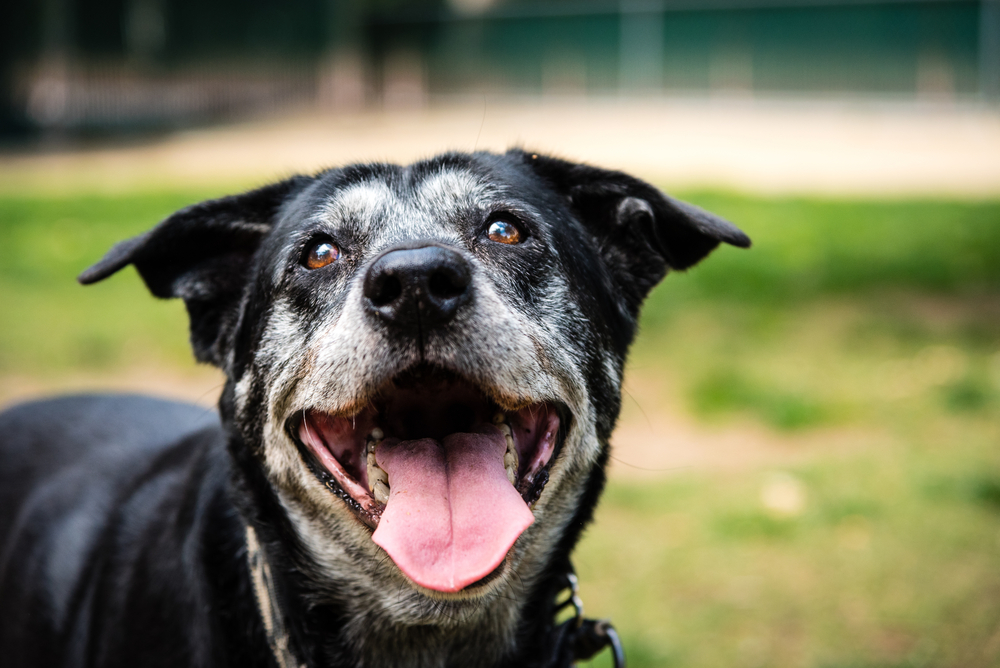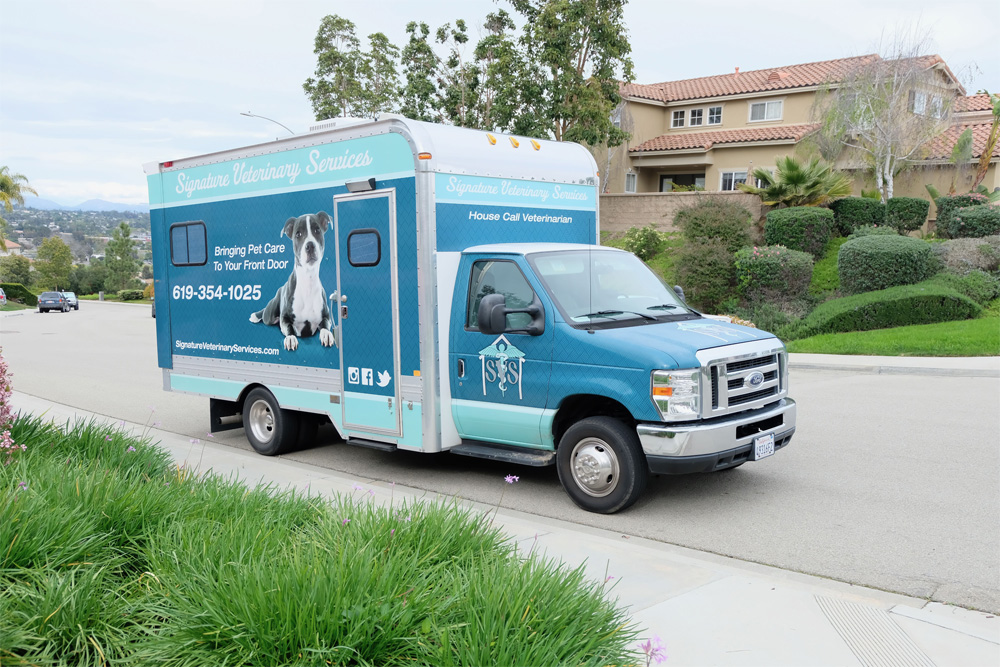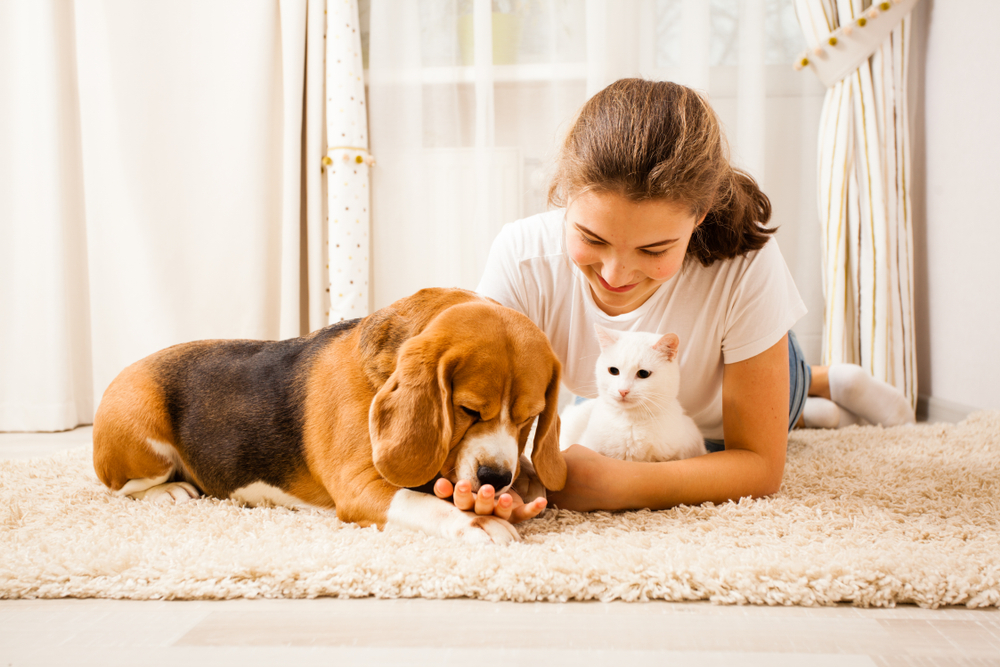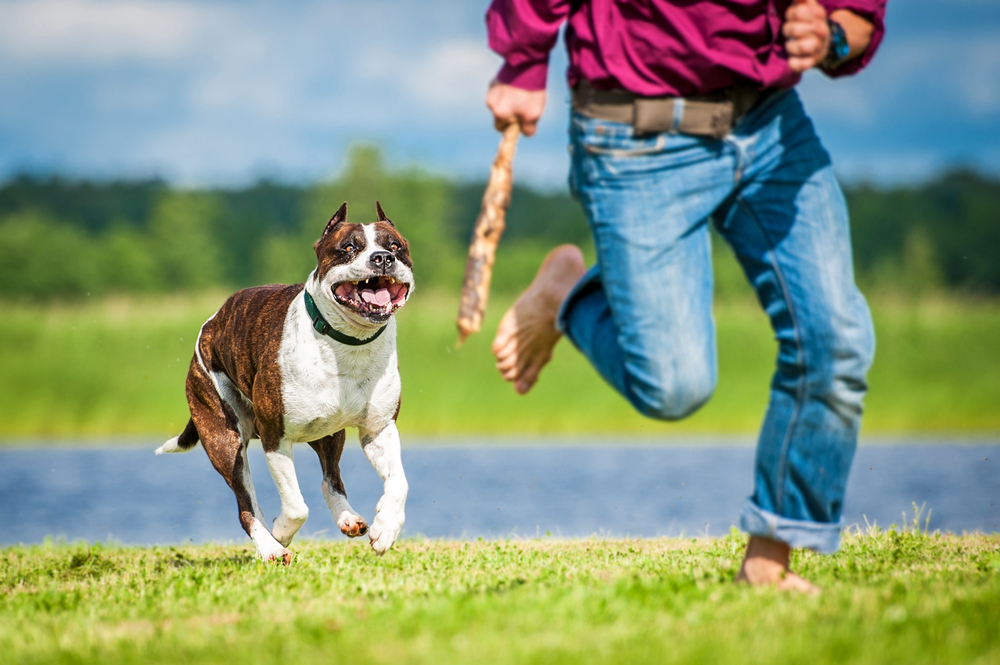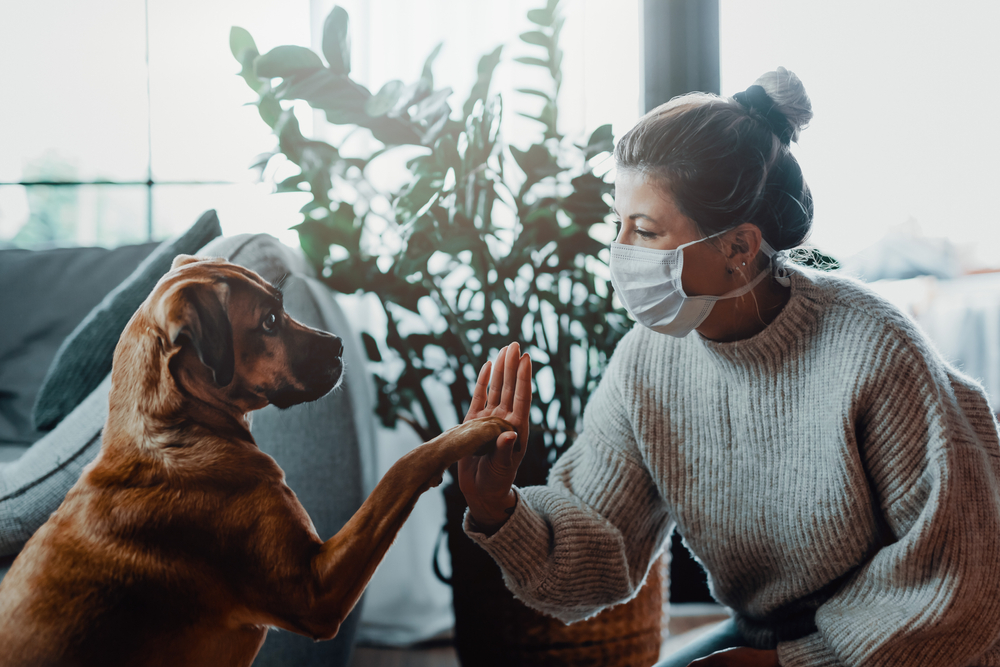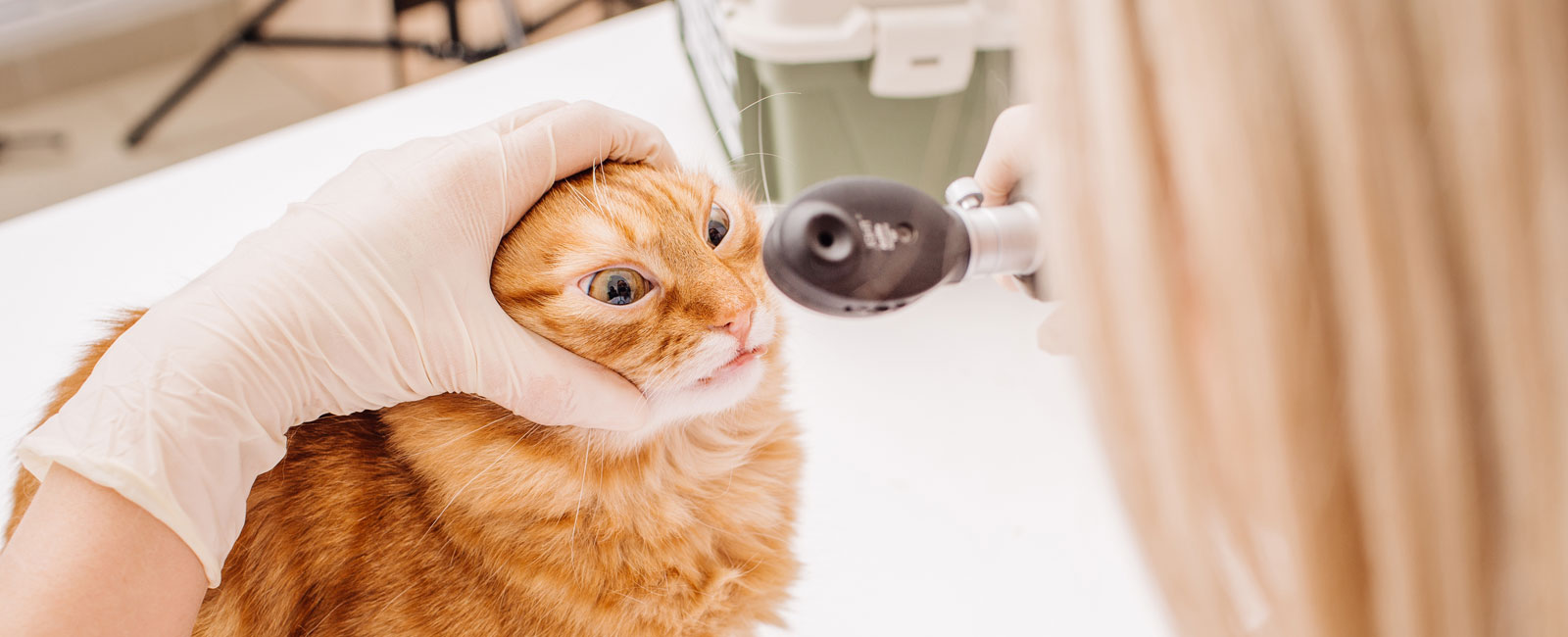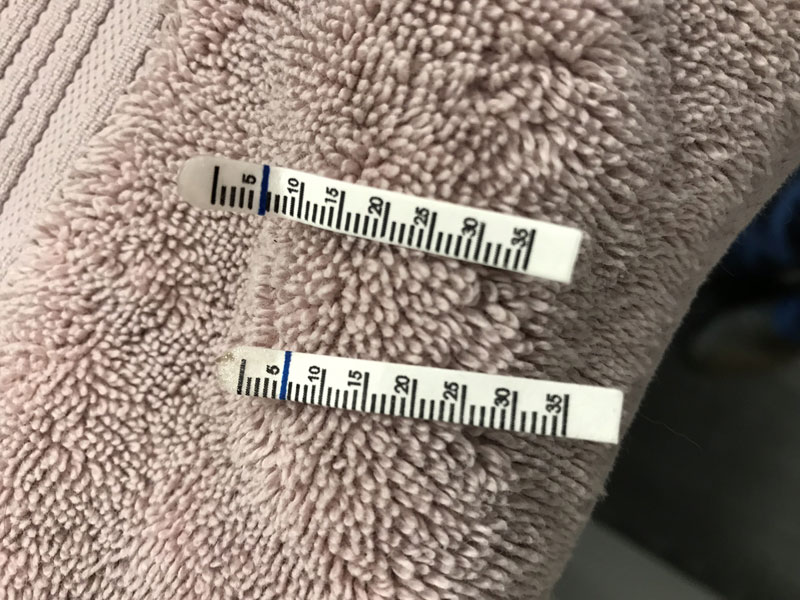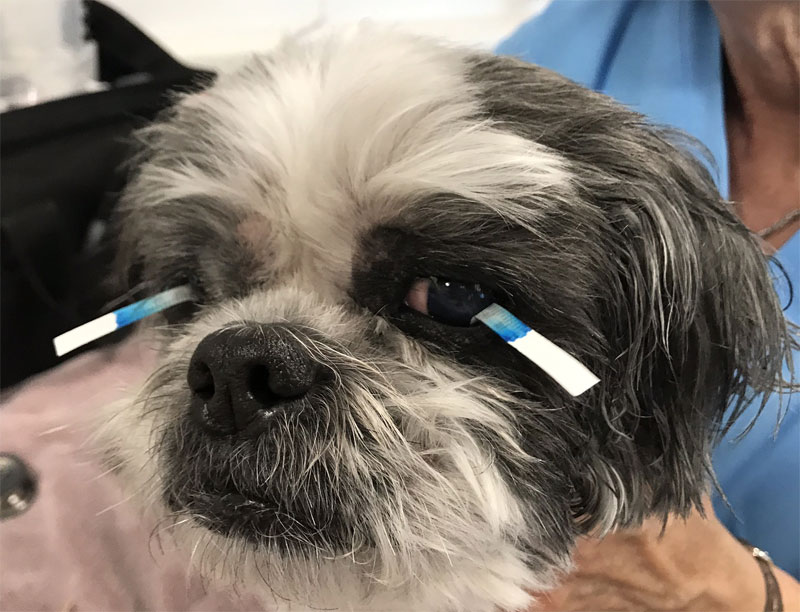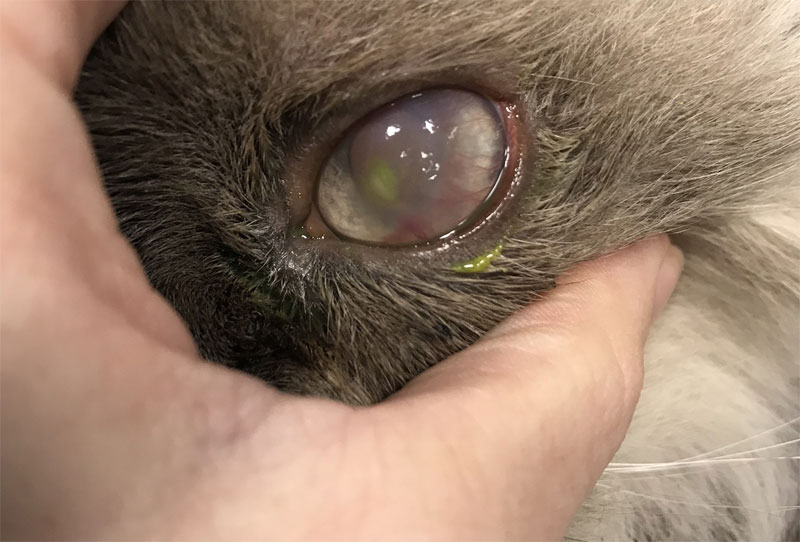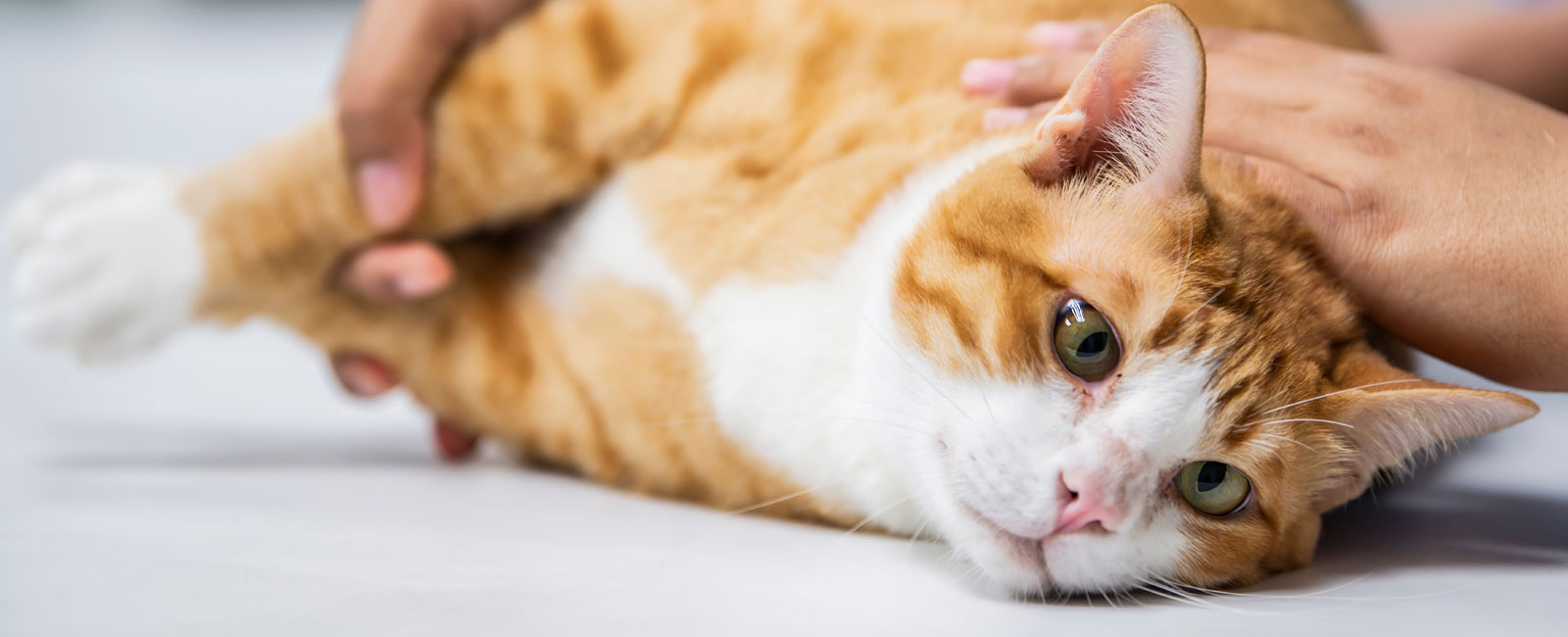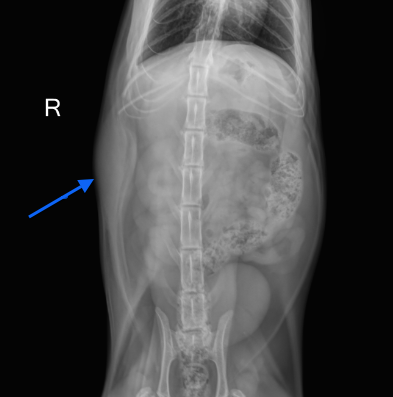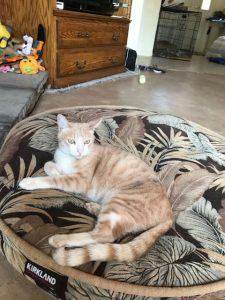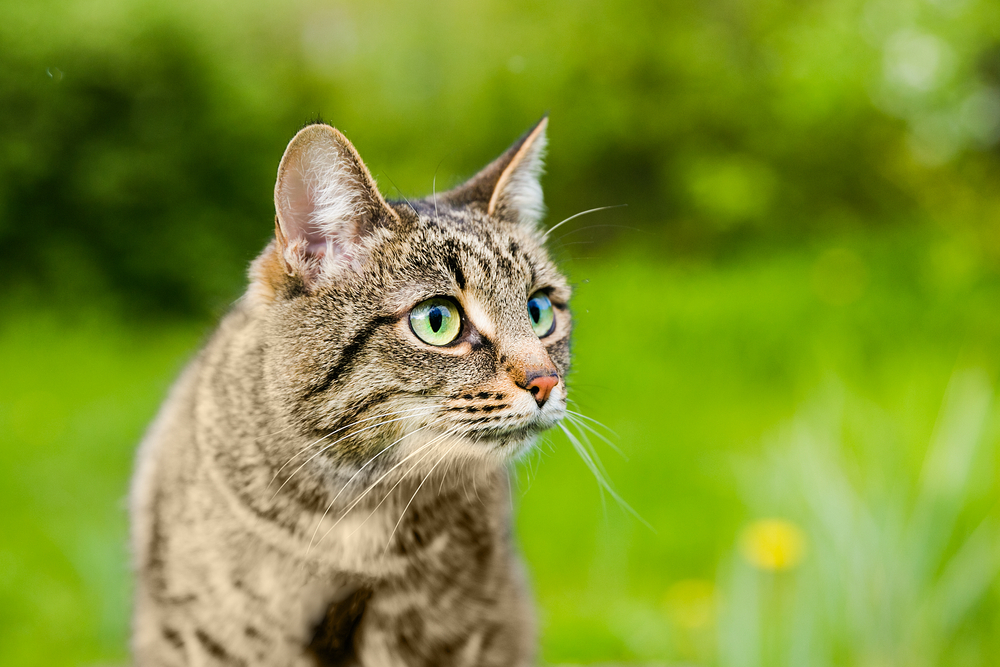
Keeping Pets Healthy for Life During National Immunization Month
During August, our veterinarians celebrate National Immunization Month by raising awareness about the importance of vaccines for cats and dogs. Vaccinating is one of the most important components of your pet’s wellness and preventive care; vaccines are safe, simple, and extremely effective. While some health problems are unavoidable, there’s no reason to leave your pets vulnerable to the dangers of contagious diseases that we are able to prevent. With a simple schedule of vaccines, your pet will be protected from some of the most dangerous and contagious diseases.
Which Vaccinations Does Your Pet Need?
Cats and dogs receive a schedule of core (essential) vaccines and might also receive additional, non-core vaccines. Core vaccines are those that are strongly recommended and/or legally required for all pets to receive. Core vaccines protect pets from diseases like rabies, parvovirus, distemper virus, calicivirus, and herpesvirus.
Non-core vaccines aren’t necessary for every pet but are recommended based on each pet’s lifestyle, environment, and exposure risk. These include Leptospirosis, Bordetella, Influenza, rattlesnake, and Leukemia (in adults) vaccines.
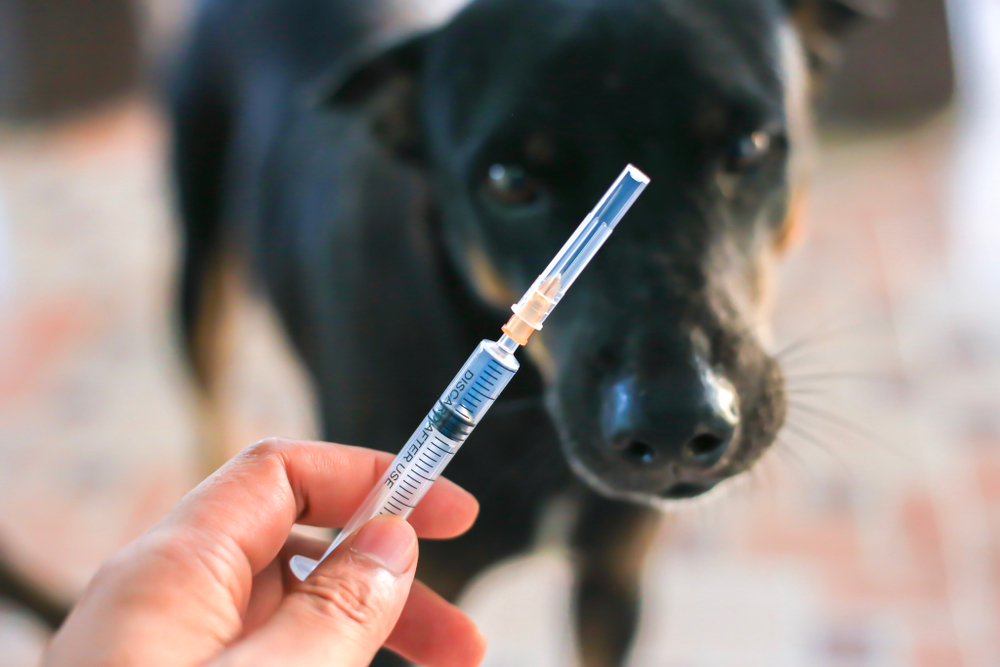

Setting Up Your Pet's Vaccine Schedule
To keep the whole family safe, a pet owner simply needs to understand that pets require a combination of core and non-core vaccines on a set schedule. Your pet’s veterinarian will help you figure out the rest.
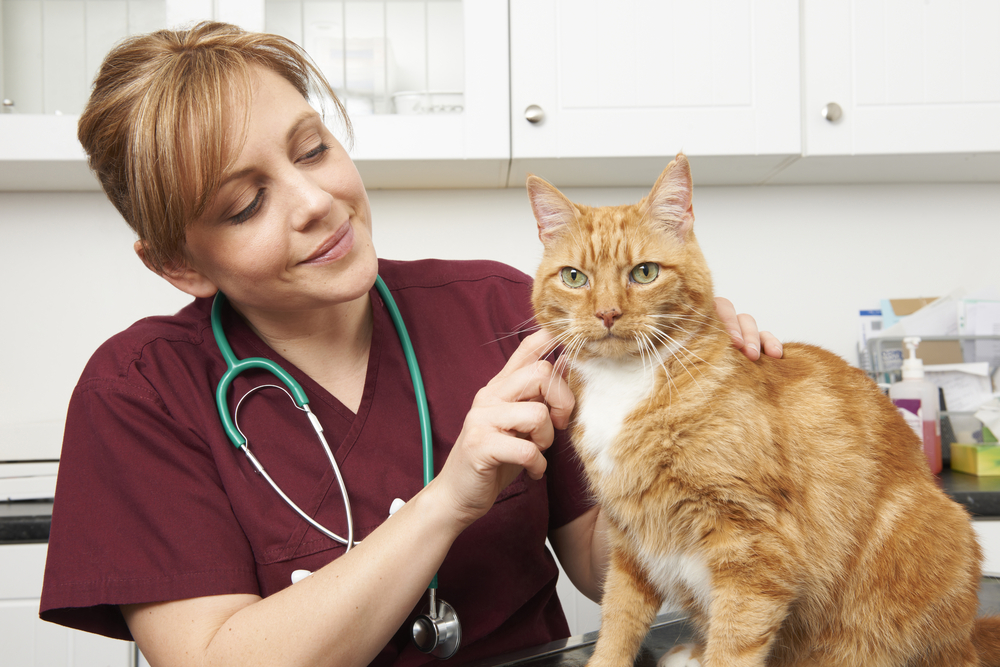

Typically, puppies and kittens begin receiving vaccines at about 6 to 8 weeks of age. To ensure their protection from disease, they then require booster shots every 3 to 4 weeks until at or after 16 weeks of age.
Once fully vaccinated puppies and kittens become adults, they will need core vaccine boosters every 1 to 3 years and non-core vaccine boosters as frequently as every 6 months. It’s also important to check with a veterinarian before traveling or relocating with your pet because different environments put pets at risk for contracting different diseases. These types of risks can be easily avoided by administering new vaccinations prior to your departure.
Signature Veterinary Services Brings the Vaccination Celebration to You!
If you’re too busy to visit a veterinary clinic or have a pet that gets anxious in new places, you can still make sure your pets are fully protected with an up-to-date schedule of vaccinations with Signature Veterinary Services. With our mobile veterinary clinic, our veterinarians will bring the vaccinations and wellness care to your doorstep! To learn more about the at-home veterinary services we provide or to schedule a preventive care appointment for your Carlsbad pet, we welcome you to contact us today.







